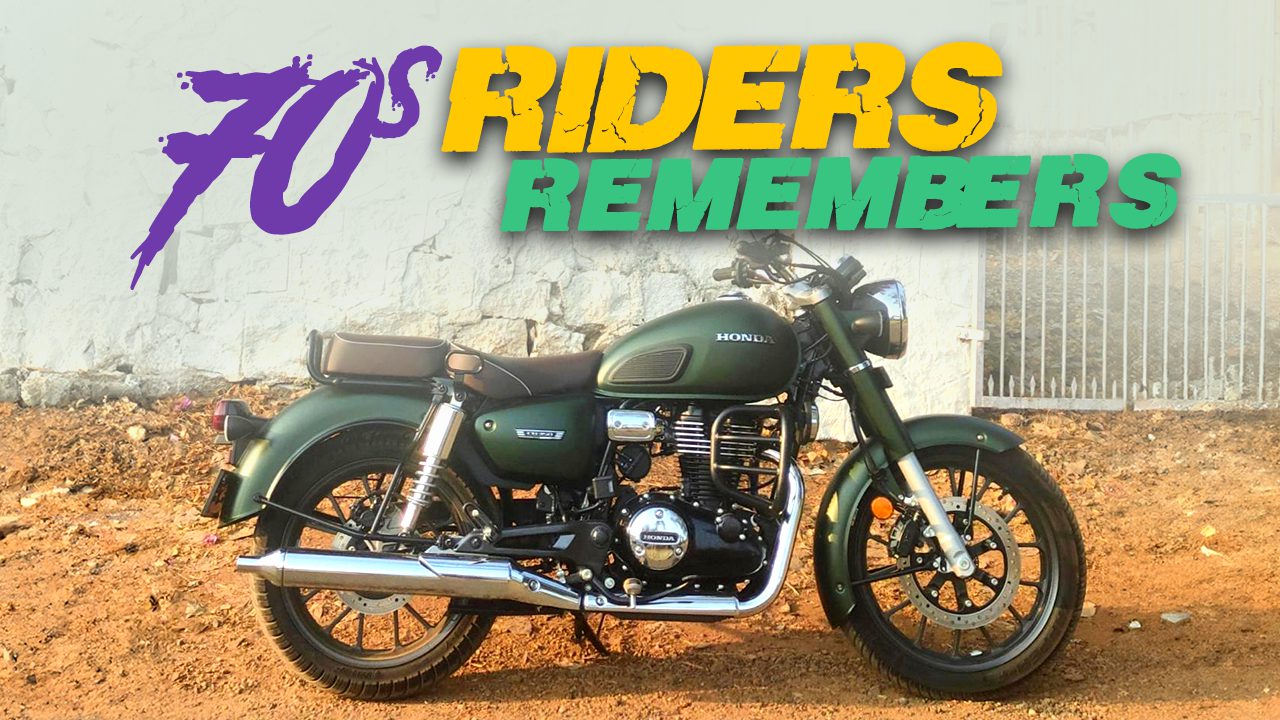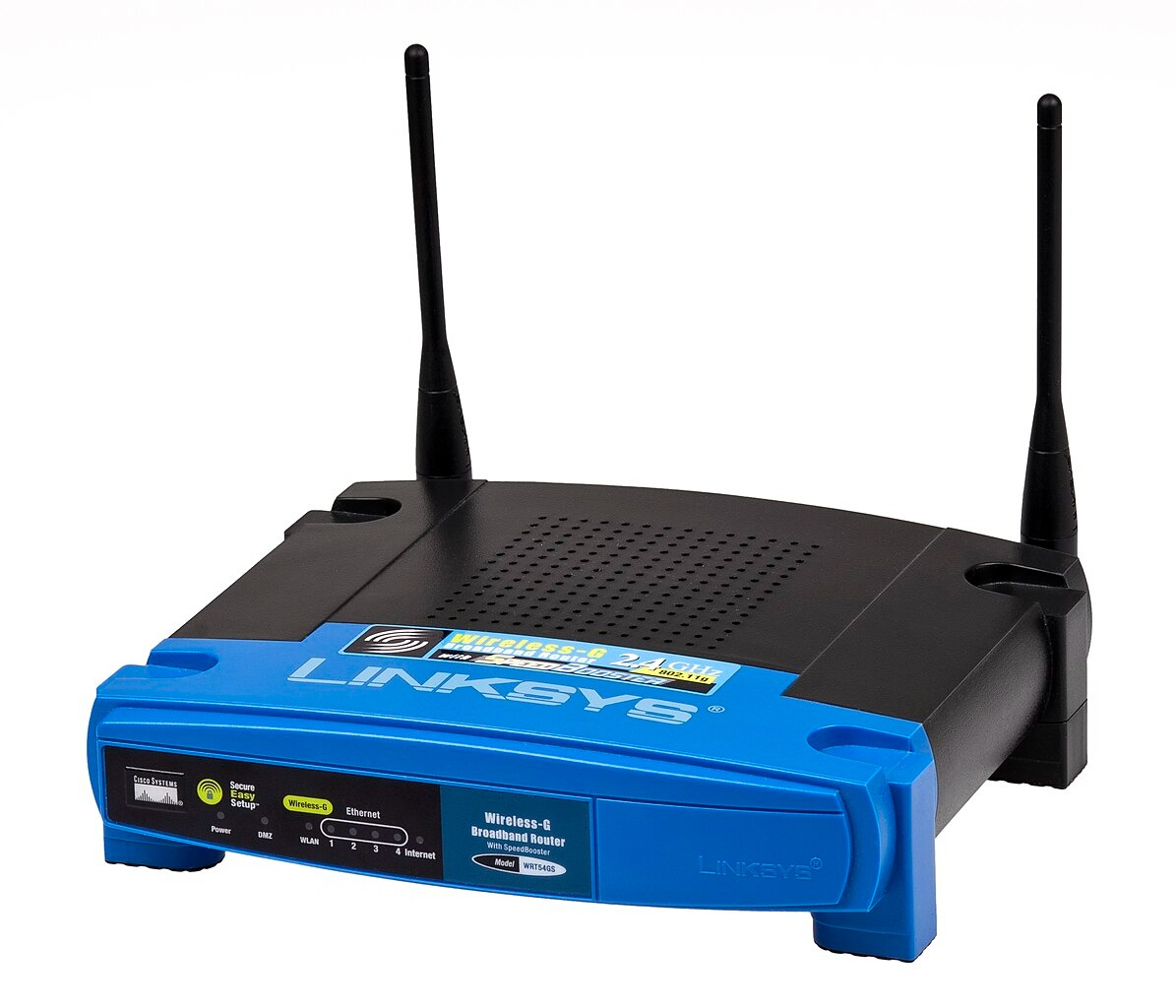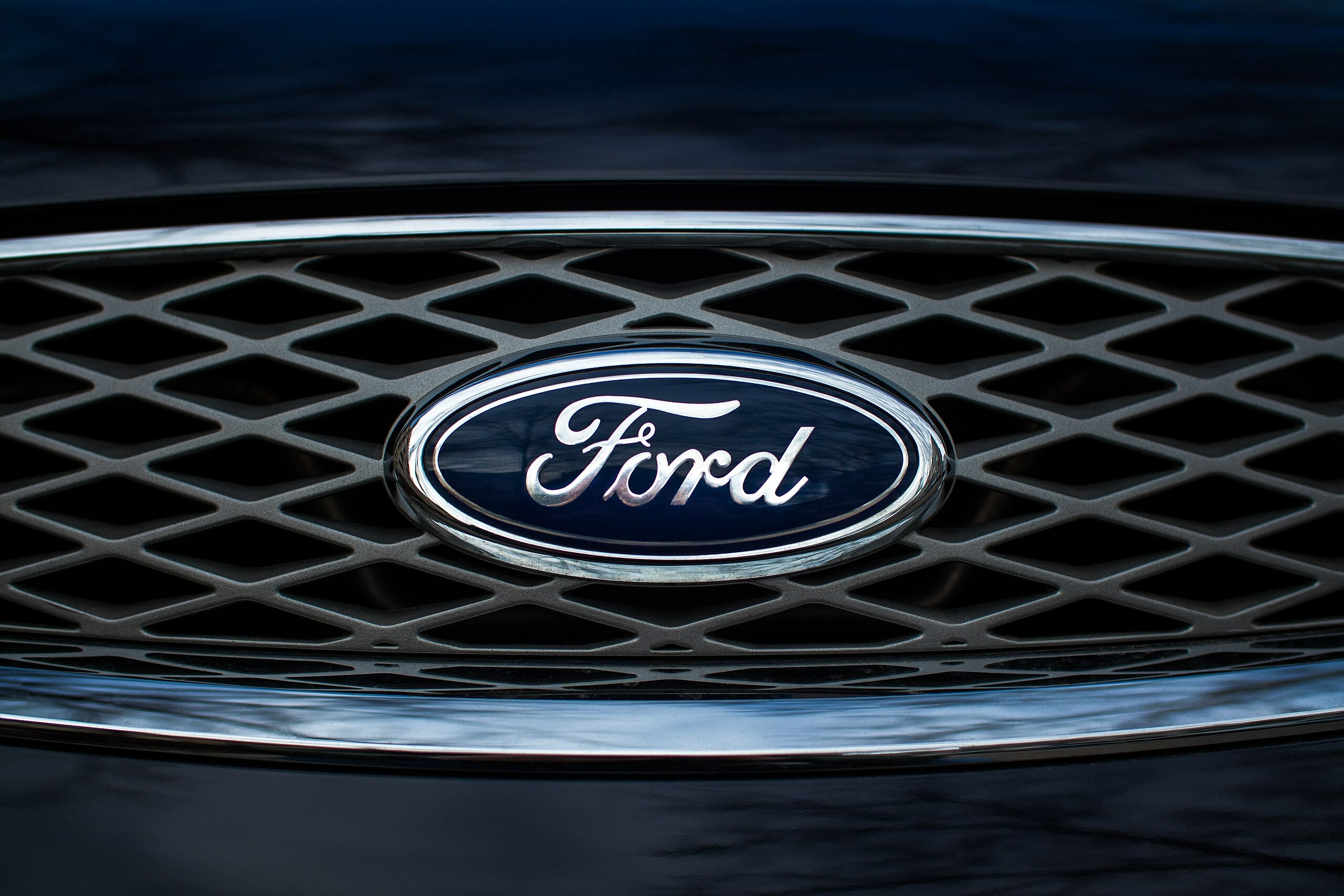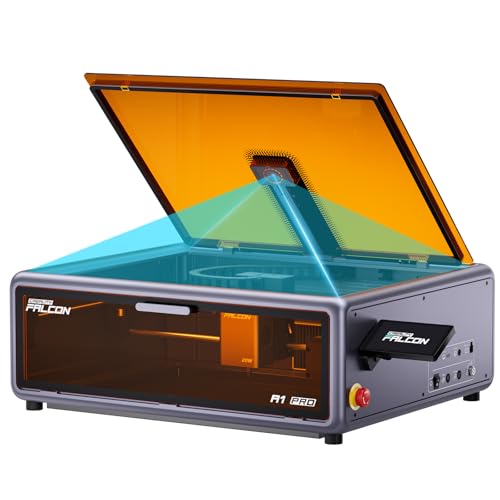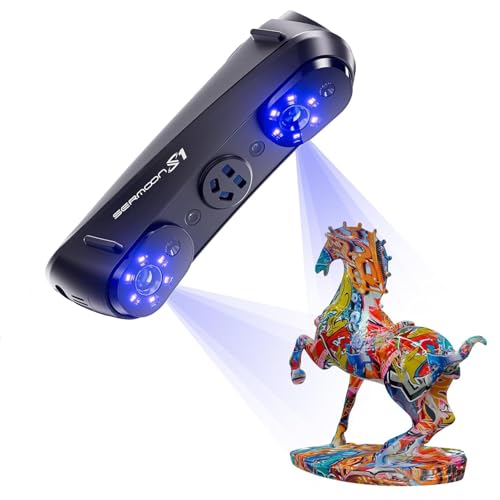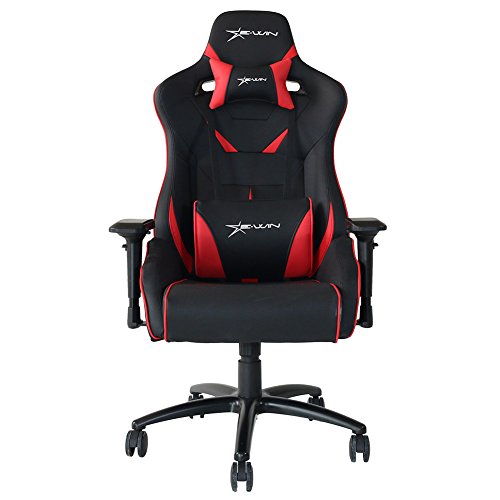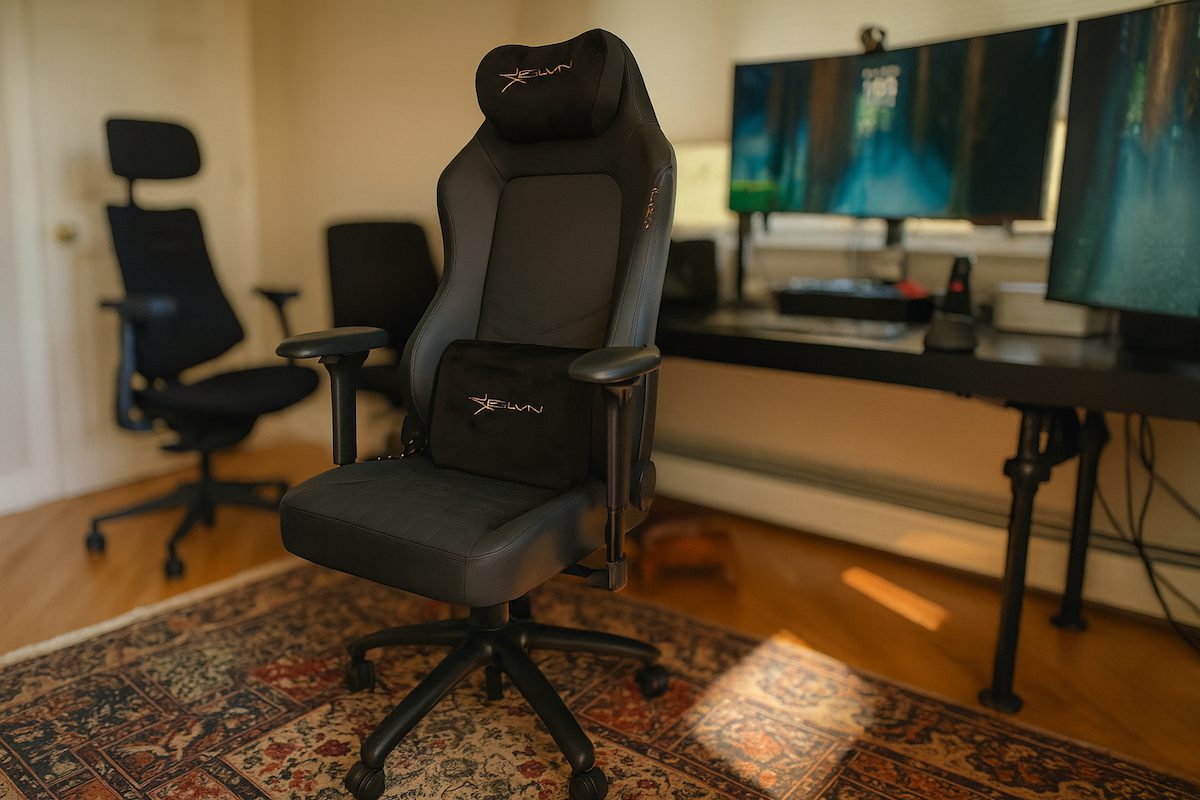When British bikes leaked oil like broken faucets and American manufacturers treated reliability as optional, four Japanese companies showed up with a simple message: motorcycles should work. The 1970s became ground zero for a revolution that transformed two-wheeled transportation forever. Honda, Yamaha, Kawasaki, and Suzuki didn’t just build better bikes—they redefined what “better” meant, delivering performance and dependability that made Western competitors look like they were running on nostalgia instead of gasoline. These ten machines prove that sometimes the best revenge is simply building something that doesn’t break down.
10. Yamaha RD350

Adrenaline addiction deserves better than expensive Italian exotics that prioritize style over substance. This 347cc two-stroke twin delivered acceleration that embarrassed bikes twice its price while maintaining reasonable ownership costs. Clean examples under $8,000 provide superbike thrills without superbike maintenance budgets.
Oil injection eliminated premixing hassles that complicated every fuel stop for traditional two-stroke owners. Forgiving pistons tolerated enthusiastic riding styles that would destroy more temperamental engines. Power-to-weight ratios achieved levels that modern bikes struggle to match using far more complex technology.
9. Honda CB750 Four (1969)

Game-changing moments in motorcycle history rarely announce themselves so clearly. When Honda unleashed this 736cc inline-four in 1969, it didn’t just challenge existing performance standards—it obliterated them. Smart collectors recognize examples in the $8,000-15,000 range as foundational pieces of motorcycling evolution.
Electric starting eliminated the kickstart ritual that had defined motorcycle ownership for decades. Disc front brakes provided stopping power that matched the engine’s capabilities, creating a complete performance package. This machine established the template that every modern motorcycle manufacturer still follows, proving that true innovation creates lasting influence rather than temporary trends.
8. Suzuki GT750 (Water Buffalo)

Innovation sometimes appears in unexpected forms, like liquid cooling applied to a 738cc two-stroke triple in 1971. This breakthrough solved overheating issues that had limited two-stroke performance potential. Current market prices around $6,000-10,000 make it an undervalued classic with touring capabilities.
Substantial weight provided stability that lightweight competitors couldn’t match during extended highway cruising. Comfortable ergonomics suited long-distance riding better than cramped sportbikes designed primarily for short bursts of excitement. Smart enthusiasts recognize this as the touring bargain that European manufacturers wished they’d developed first.
7. Kawasaki H2 Mach IV (Widowmaker)

Power delivery this intense separates confident riders from weekend pretenders without apology. Seventy-four horsepower from 748cc guaranteed the H2 would compress quarter-mile times like modern sportbikes while costing substantially less. Current market values around $12,000-18,000 reward those seeking authentic muscle bike heritage.
Robust construction handled tremendous stress without expensive exotic materials or complex engineering solutions. Drag strip dominance came from straightforward mechanical excellence rather than marketing hype or premium branding. Raw acceleration thrills continue delivering more excitement than sanitized modern alternatives designed by lawyers and focus groups.
6. Honda CB350

Economics and engineering converged perfectly in this practical motorcycle that sold over 300,000 units worldwide. Smart buyers appreciate the CB350‘s miserly fuel consumption and bulletproof reliability at prices under $3,000. This represents the affordable gateway to classic Honda ownership without financial stress.
Many examples exceeded 80,000 miles on original engines, demonstrating Honda’s practical approach to durability. Electric start convenience combined with kickstart backup showed thoughtful engineering that prioritized real-world usability. Dependable vintage transportation rarely delivers more satisfaction per dollar invested than this humble classic.
5. Yamaha XS650

Dependability transformed motorcycle ownership from constant maintenance to actual riding enjoyment. Starting in 1970, this 654cc parallel twin delivered what British twins promised yet rarely achieved. Smart buyers can find running examples under $5,000, making it the affordable entry into classic motorcycling.
Overhead cam design systematically solved fundamental reliability problems that had plagued the industry for decades. Parts remain readily available through dedicated suppliers, unlike orphaned European brands, where simple maintenance becomes expensive treasure hunting. Few bikes match this value proposition for practical vintage ownership.
4. Honda CB500 Four

Refinement doesn’t require exotic materials or premium pricing strategies. Press the electric start button and experience smooth inline-four sophistication that costs significantly less than comparable European alternatives. Today’s market offers excellent examples around $4,000-8,000, proving good engineering never goes out of style.
Five-bearing crankshaft durability outlasted flashier competitors by decades of reliable service. Telepathic throttle response made riding feel effortless rather than combative, encouraging longer rides and greater enjoyment. Budget-conscious riders seeking quality over exclusivity should skip overpriced alternatives and choose proven excellence.
3. Yamaha DT250

Functionality trumps fashion when real work needs to be accomplished in challenging conditions. This 246cc workhorse prioritized utility over showroom appeal while costing less than specialty off-road machines. Current prices under $4,000 make it the ultimate budget adventure platform for practical riders.
Simple mechanics enabled roadside repairs using basic tools that fit in a small toolbox. Zero electronics eliminated expensive failure points that plague modern machines with complex computer systems. Practical off-road capability without premium pricing delivers more satisfaction than bikes costing three times more.
2. Kawasaki Z1 (1972)

Acceleration like this changes your understanding of physics. Drop the throttle and prepare for an education in what 903cc of pure Japanese engineering can accomplish. Police departments quickly realized their pursuit vehicles needed serious upgrades once this beast hit the streets.
Dual overhead cams and forged internals handled abuse with mechanical confidence that impressed even professional racers. Today’s market values clean examples around $15,000-25,000, making this legend surprisingly accessible compared to exotic Italian bikes that spend more time in the shop than on the road.
1. Honda CB450 (Black Bomber)
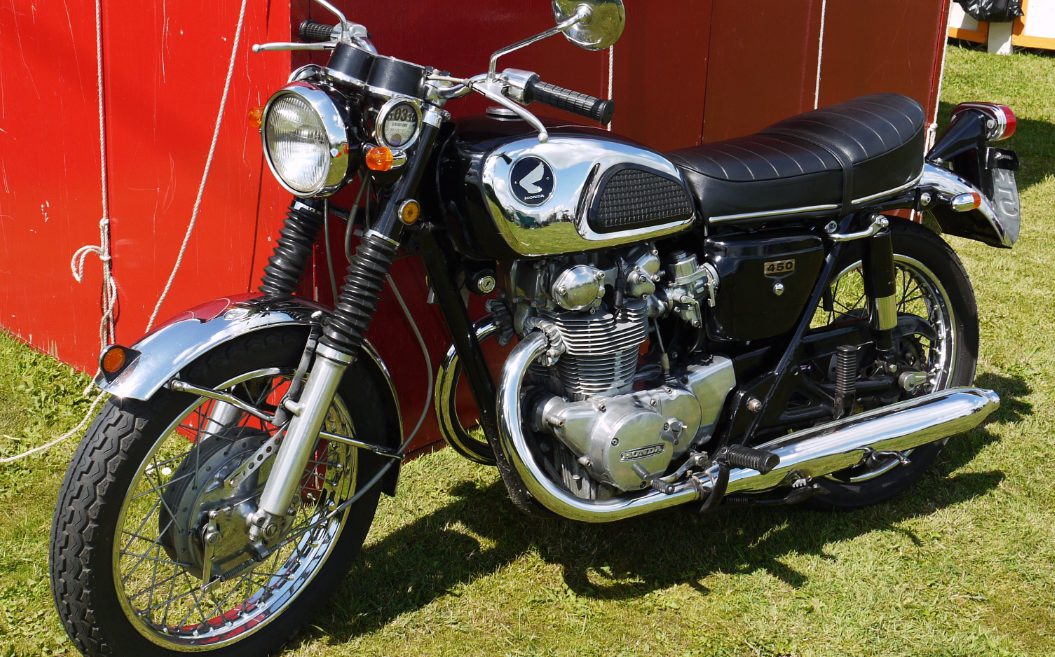
Revolutionary engineering often hides behind modest displacement numbers. This pioneering machine introduced dual overhead cam technology when British manufacturers thought innovation meant adding more chrome. Smart collectors recognize authentic value at $8,000-12,000 for pristine examples.
Electrical systems functioned reliably, eliminating the British tradition of roadside electrical troubleshooting. Dry sump lubrication kept oil circulating through the engine instead of pooling on garage floors. Budget-conscious enthusiasts seeking vintage prestige without vintage headaches should look no further.


